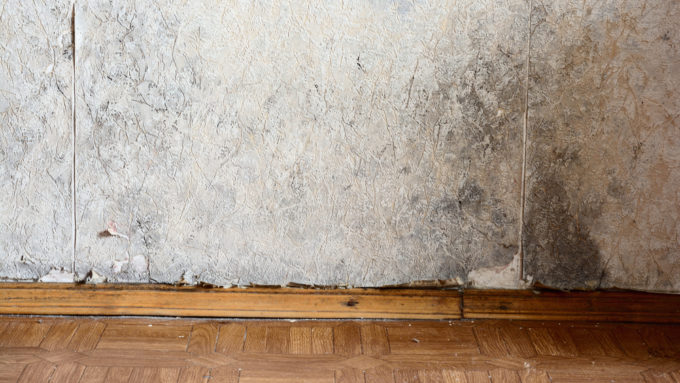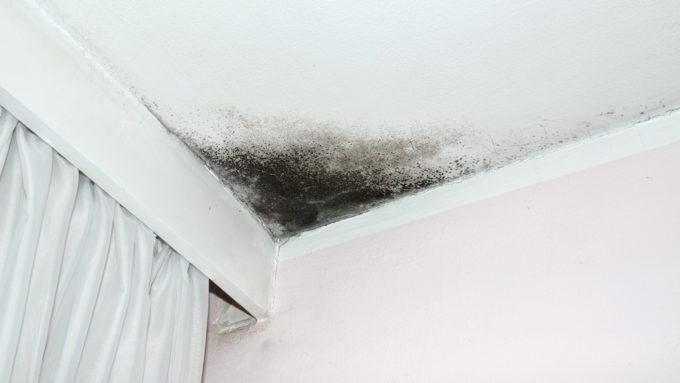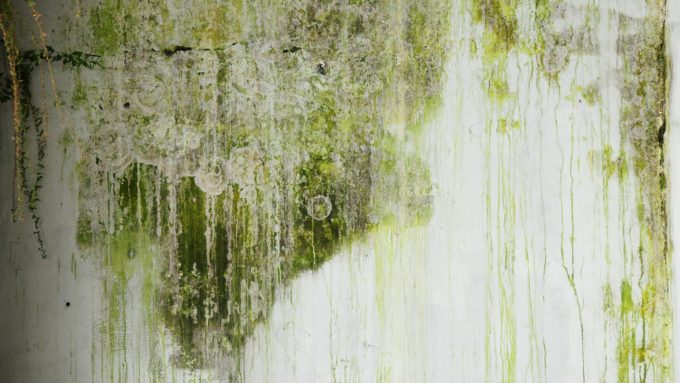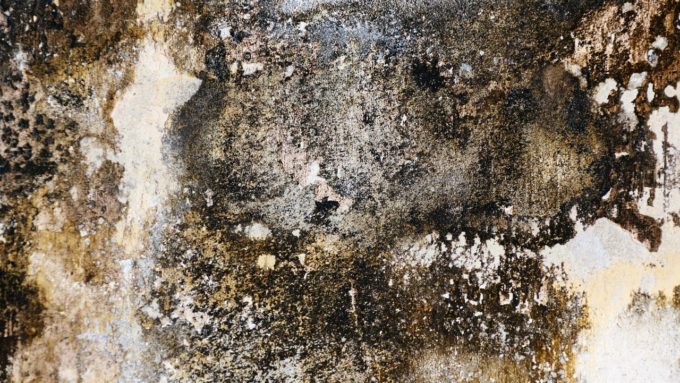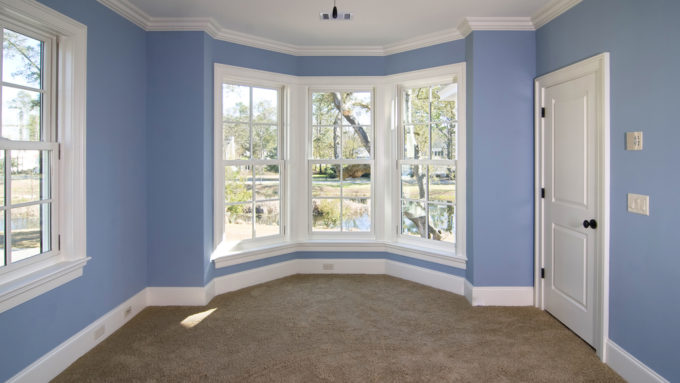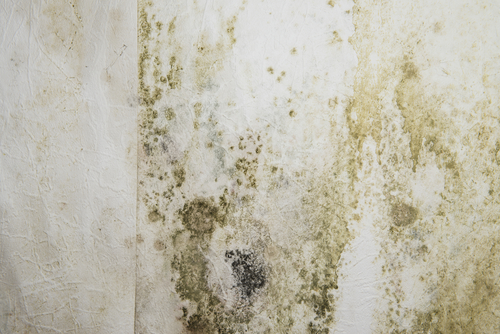Maintaining humidity in your home is a careful balance. Low humidity can be uncomfortable, while too much humidity can lead to mold and result in damage to your home and a host of health problems for you and your family.
How to Maintain Safe Humidity to Reduce Mold in Your Home
Problems Caused by Humidity
High levels of moisture in the air cause a variety of problems in your home. Increased dampness can cause paint and wallpaper to bubble and peel. High humidity can create a hospitable environment for insects, like cockroaches and termites, as well as mold. When mold grows in a home it can result in unsightly staining on walls and other surfaces as well as health issues.
Health Concerns Over Mold
Mold is a fungus that thrives in damp conditions. Mold can cause health problems, like nasal congestion and a scratchy throat, as well as difficulty breathing. In some cases mold exposure can lead to respiratory infections and life-threatening conditions.
Causes of High Humidity
Certain rooms in a home, like bathrooms, kitchens, laundry rooms and basements, are prone to mold growth. Steamy showers, boiling water and unfinished concrete walls can contribute to high humidity. Newer energy-efficient homes create ideal conditions for mold growth. Homes which are sealed up to conserve energy and keep cooling or heating inside, also work to prevent excess moisture from escaping. This moisture buildup can lead to mold. Unheated and uncooled rooms easily grow mold as well.
How to Measure Humidity
When you see mold growing, it is evident you have a problem, but it also is possible for mold to grow and remain unseen. In this instance, you or your family may experience symptoms of mold exposure without realizing the cause. The ideal humidity level in your home should around 45 percent. You can determine the humidity using a hygrometer, which is a device that measures the amount of moisture in the air. Many hardware and home-good stores sell hygrometers. By identifying the amount of moisture in your home you can create a plan to adjust it accordingly.
How to Lower Humidity
One of the most effective ways to lower the humidity in your home is through exhaust fans. Placing exhaust fans in key areas, like bathrooms and above a range or cooktop in the kitchen can whisk excess moisture out of the home. In new homes automatic exhaust fans or ventilation systems can decrease humidity. In basements and other damp areas, a dehumidifier can bring the humidity levels down to a safe and comfortable level. When making renovations or building new construction, opt for mold-resistant drywall and paint in rooms that are likely to experience high levels of humidity.
Mold Remediation
Preventative measures can stop the problem before it sets in, but if your home already has mold it is pivotal to quickly and thoroughly remove the fungus to prevent further exposure. Learn how to undo mold damage in your home and keep your family safe.

